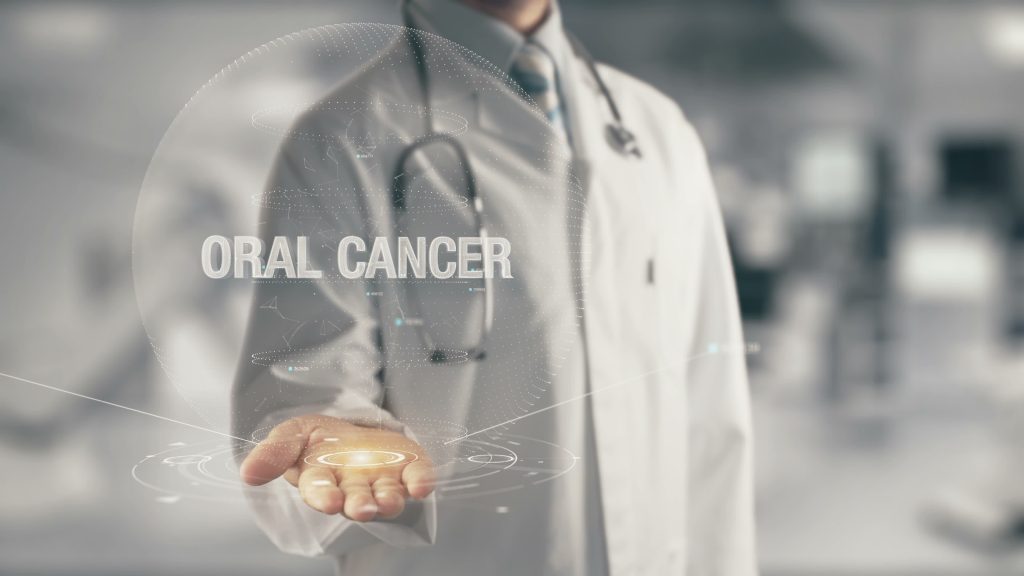

Who’s At Risk for Oral Cancer?
Oral cancer, like most cancers, are a results of many risk factors. They include: behavior, substance, condition and family history. Men are at a higher risk than women. With African American men being at a higher risk factor than Caucasian or Hispanic men. Risk also increases with age, especially after the age of 45. However, in the past few years oral cancer has been on the rise in younger adults because of the sexually transmitted disease Human Papillomavirus (HPV). Patients who use tobacco of any kind and consume alcohol, even infrequently, are also at a very high risk.
Risk Factors
- Tobacco: Almost all oral cancers are linked to tobacco use. This includes cigarettes, cigars, pipes, bidis, chewing tobacco, snuff and hookah. Second hand smoke has also been studied and increases the changes of developing oral cancer.
- Alcohol: The more you drink the greater your risk. When combining alcohol and tobacco a persons risk for developing oral cancer does not double, it multiplies.
- HPV: Many types of HPV are spread through sexual contact, including oral sex. HPV-16 and HPV-18 are the highest incidence of oral cancer not linked to tobacco or alcohol use.
- Family History of Squamous Cell Carcinoma (SCC): SCC is the most common form of oral cancer. If you have a parent, sibling, or child diagnosed with SCC, your chances of developing oral cancer is higher.
- Sun Exposure: Fair skinned people and those who work in the sun are at a greater risk to develop lip cancer.
- Diet Low in Vegetables and Fruits: Like most cancers, a poor diet lacking vegetables and fruits increases the risk of oral cancer. Carotenoids, found in both vegetables and fruits, has been proven to lower the risk of oral cancer.
- Poor Oral Hygiene: Studies show patients who are missing teeth, have periodontal disease or gingivitis and do not seek regular dental care are at an increased risk of developing oral cancer.
Prevention Is Key
If the dentist or dental hygienist notice anything abnormal he or she will take an intraoral photograph of the lesion. A measurement will be taken and they may recommend further testing via adjunctive screening tools, biopsy or referral to an oral surgeon for a consultation. Remember the earlier the lesion is detected the higher the survival rate. Be sure to schedule your routine preventative hygiene appointment with us today.



